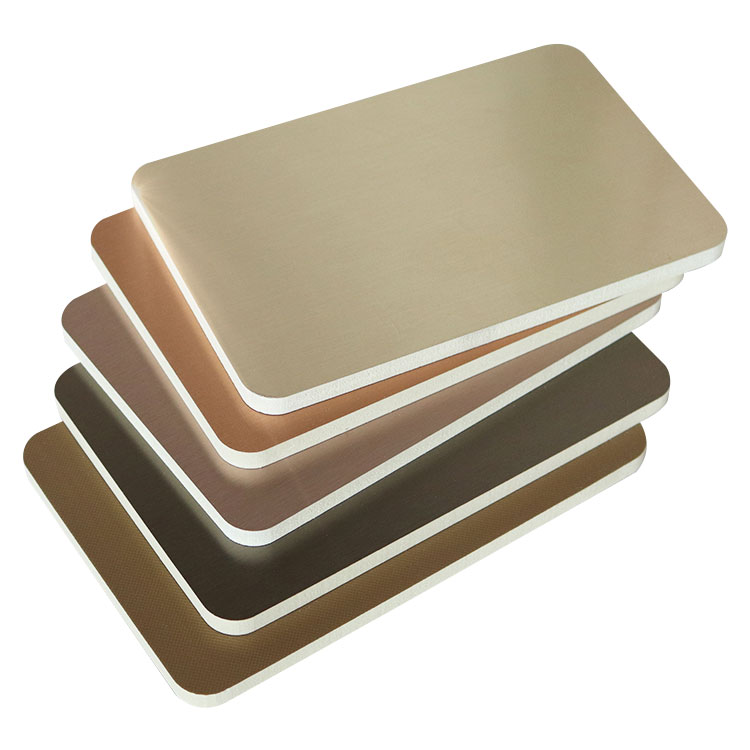Aspects of Wood Veneer
2024-06-11
Wood veneer is a thin slice of wood, usually around 0.6 to 6 millimeters thick, that is peeled, sliced, or sawn from a larger piece of wood, typically a log. It is used to cover surfaces, furniture, and decorative items to give them the appearance of solid wood while providing various practical benefits.
Here are some key aspects of wood veneer:
1. Production: Wood veneer can be produced through several methods:
- Peeling: Logs are rotated against a blade, producing continuous sheets of veneer. This method is commonly used for producing veneer from softer woods like maple or birch.
- Slicing: Logs are sliced perpendicular to the growth rings, creating veneer sheets with a unique grain pattern. This method is often used for hardwoods like oak, walnut, or cherry.
- Sawing: Logs are sawn into thin sheets, resulting in veneer with a different appearance and texture compared to peeled or sliced veneer.
2. Types: Wood veneer comes in various types based on the cutting method, species of wood, and intended use. Common types include:
- Plain-sliced: Produced by slicing the log parallel to the growth rings, resulting in a veneer with a cathedral or straight grain pattern.
- Quarter-sliced: Sliced at a 90-degree angle to the growth rings, producing a straight grain pattern with a distinctive fleck.
- Rift-cut: Cut at a slight angle to the growth rings, creating a straight grain pattern with minimal fleck.
- Rotary-cut: Produced by peeling the log, resulting in a broad, repeating grain pattern.
3. Applications: Wood veneer is widely used in furniture making, cabinetry, architectural millwork, interior design, and decorative paneling. It can be applied to various substrates such as plywood, medium-density fiberboard (MDF), or particleboard to create the appearance of solid wood at a lower cost.
4. Advantages: Wood veneer offers several advantages over solid wood, including:
- Cost-effectiveness: Veneer allows for the use of higher-grade wood species on the visible surfaces while using less expensive substrates for the core.
- Stability: Veneered surfaces are less prone to warping, cracking, or splitting compared to solid wood.
- Variety: Veneer provides access to a wide range of wood species, grain patterns, and colors that may not be readily available in solid form.
- Sustainability: Veneer maximizes the use of wood resources by allowing the production of multiple sheets from a single log, making it a more sustainable option than solid wood.
Wood veneer adds warmth, natural beauty, and sophistication to a wide range of applications, making it a popular choice for both residential and commercial projects. Proper installation and maintenance are essential to ensure the longevity and beauty of veneered surfaces.



